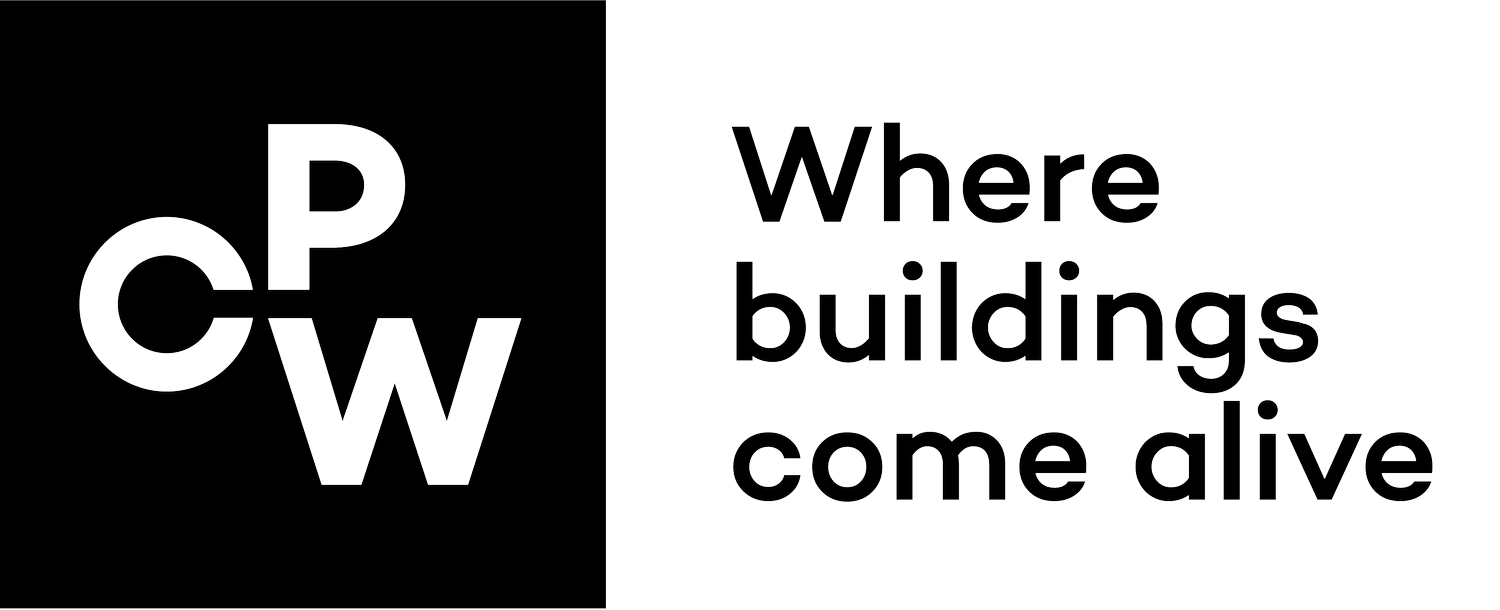Let’s talk about… the state of our planet
Discussion of the climate crisis is everywhere. Whether it’s the Just Stop Oil protests across the country, the enduring fame of climate heroes such as Greta Thunberg and David Attenborough, or the popularity of Netflix’s satirical blockbuster Don’t Look Up – seen as a metaphor for climate change denial.
And for good reason. Everyone on the planet has a personal role to play in addressing our own role in tackling climate change, and one of our key commitments at CPW is building a better, healthier and more sustainable future for all through innovative environmental building services solutions.
We are all too aware that the construction and operation of buildings is contributing to the ‘greenhouse effect’, but what does this mean in reality?
What are greenhouse gasses?
The best way to think of this is to imagine our planet as being surrounded by a thick blanket of what are known as ‘greenhouse gases’, of which carbon dioxide is the most abundant.
This keeps the planet at just the right temperature, meaning life on Earth has the perfect balance in our ecosystem to inhabit and thrive.
However, our actions are making that blanket thicker, and this is a huge problem.
The thicker the blanket, the less heat is able to escape.
This means our planet is warming up – commonly referred to as ‘global warming’ - which is having a harmful effect on the world around us.
Where do greenhouse gasses come from?
It started 200 years ago with the Industrial Revolution. Since then, we’ve been burning fossil fuels such as coal, oil and natural gas, all which release lots of greenhouse gasses into the atmosphere.
Not only that, things have got worse over time as we’ve started using more and more energy thanks to developments in manufacturing, and inventions like the car and aeroplane.
There has also been a huge explosion in number of people on the planet. In those last 200 years, we’ve gone from a global population of one billion in 1820 to nearly eight billion today.
Not only has this added to the amount of greenhouse gasses we’re emitting, but it has also led to us destroying habitats such as forests that help remove those gasses from the atmosphere. Ongoing deforestation of the largest rainforest in the world – the Amazon – is a devastating example of this.
What does this all mean?
Every year, around 50 billion tonnes of greenhouse gases are emitted into the atmosphere, and the energy used in buildings, industry, and transport accounts for around three quarters of that.
This increase in temperature is playing havoc with our weather patterns, causing droughts, flooding, and forest fires.
Through desertification, glacial melting and sea level rises, it’s also reducing the amount of habitable land on the planet. By 2050, the World Bank predicts around 200 million people will have been forced from their homes as climate refugees.
The availability of water and other vital resources are also depleting and, at the current pace, the UK could run out of water in less than 25 years.
Add to that the increased pollution that is seriously affecting people’s health and wellbeing, and a biodiversity crisis that sees 28% of all known species currently threatened with extinction, and it’s clear we have a massive problem to deal with!
What can we do about it?
Scientists agree that we need to keep warming to a maximum of 1.5 degrees this century, or we risk moving from destructive climate change effects, to catastrophic.
As part of the built environment, we have a responsibility to help design buildings that reduce environmental impact as much as possible.
Whether it’s through electrification, the use of alternative gasses such as hydrogen, or through the implementation of Passivhaus design principles, we are committed to making positive change.
Together, we can slow this down, and every industry needs to play its part.
As buildings play a big role in emissions and energy usage, it’s never been more important to change our design and construction practices so that they are progressive and not regressive.
Check out some of our best Passivhaus and zero carbon projects here
